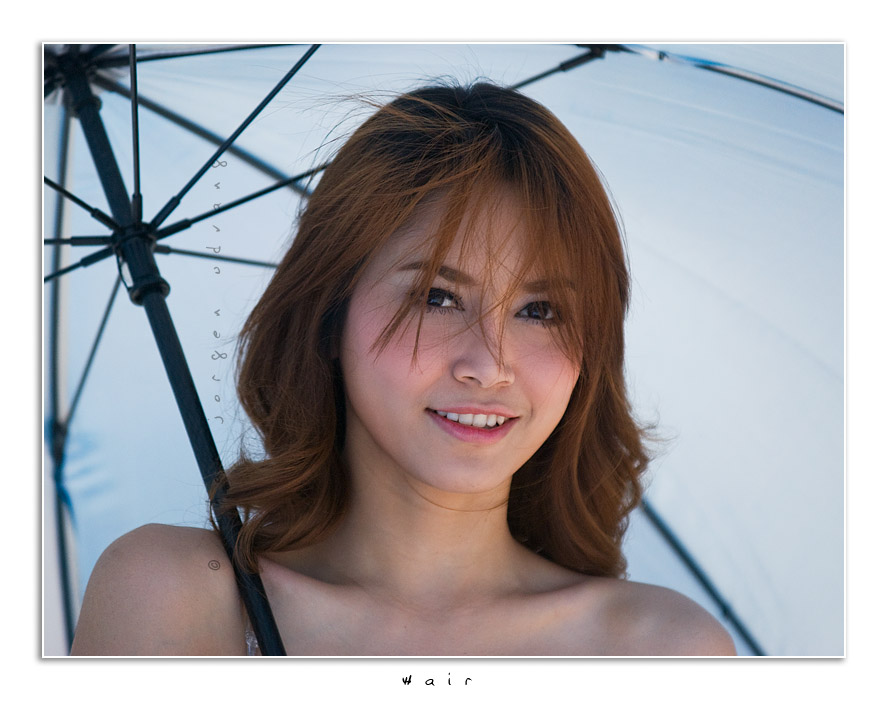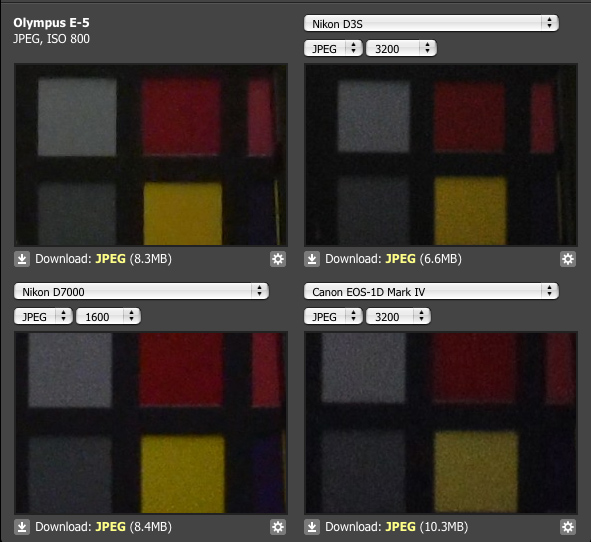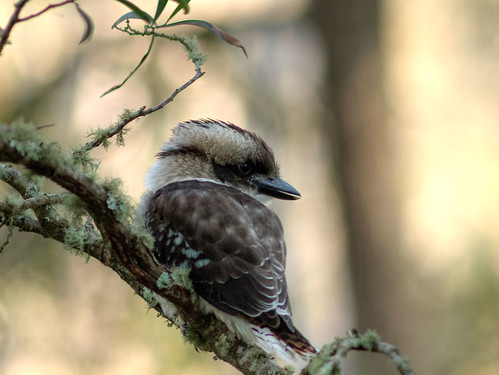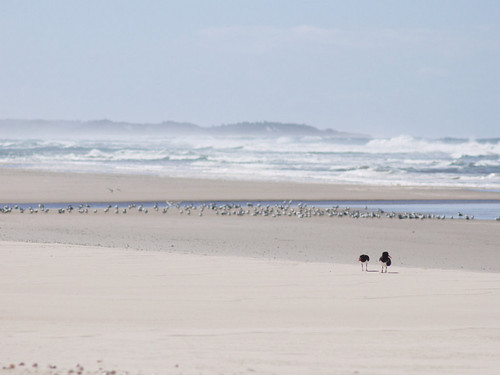Terry
New member
Setting aside that you personally like the D3s better.both
I could shoot ISO 100 on both cameras and set the Oly to f2 and the Nikon to F4 and shoot two stops faster with the Oly. Agree?
Great to see you here. Join our insightful photographic forum today and start tapping into a huge wealth of photographic knowledge. Completing our simple registration process will allow you to gain access to exclusive content, add your own topics and posts, share your work and connect with other members through your own private inbox! And don’t forget to say hi!
Setting aside that you personally like the D3s better.both
You still have no VR, so at f/5.6 you're 5 stops higher (if IBIS on the E-5 gives at least two stops, and I would be surprised if it didn't). That's ISO 25,600 vs. 800, which would look like this:I will take 12mp of D3s vs your 12mp of E5... and then I might actually live w/ 300/5.6w/ bigger DOF and yet have cleaner ISO at 3 stops higher... if the cost of the camera is an issue - old D700 will do at 2 stops higher.


I shoot static target with a Nikkor 80-200 AF-S all the time, approximately the same weight as the Zuiko 150/2 and the same reach on a DX body.to shoot moving targets ? static targets hand held w/ such big lens ? mostly will be on a tripod so your vr point is moot

I dont think that was ever true, IMO Leica could use a lesson from them.Agree, they learned their lessons from LeicaWhich is good!

Well,I dont think that was ever true, IMO Leica could use a lesson from them.
Someone in Panasonic driving from the business end is a photographer, and knows something of the right mix for a camera. This first became evident in LC1 and D2, moved on through L1 then the compacts.
Presently they have the nicest mirrorless range on the market but I bet theyre watching X100 pretty closely
I think they just plug it all into a machine now dont theyWell,
I was referring to optical knowledge, not digital camera knowledge
Lovely photo Ricardo - but that's really grungy bokeh . . . :ROTFL::ROTFL:
;-)
- Raist
You are making the mistake of comparing JPEG engines for this. Compare the RAWS. Olympus JPEG engine is fantastic but even then in lower light real world situations, you will still get shadows lacking dr. I know this first hand btw, at least comparing to a K-5.Just to complete this before I go to bed. One of the weakest sides of the E-5 sensor is supposed to be shadow noise.
well but then again the sporting crowd use more the 1D and 7D which are more APS sized sensor so its actually more like comparing the 200 f2.8 for effective view similarity and that's only US$780 or so ...I saw the price of the new Canon 300mm f/2.8 today. It's around $6,500. That's just about three times the cost of a Zuiko 150mm f/2.0 which has the same reach on an E-5 as the Canon lens has on a 5DII.
I'm so glad to see that others recognise that one needs to compare these things at same DoF and shutter speed ... which of course gives 4/3 an advantage to use the lower ISO over the larger format.Just to complete this before I go to bed. One of the weakest sides of the E-5 sensor is supposed to be shadow noise. Here's a comparison with the E-5 at ISO 800, the D7000 at ISO 1600 and D3s and 1DIV at ISO 3200. That should represent the nominal difference between the sensor sizes (a little bit unfair towards the Canon since it's 1.3 crop, but still).


